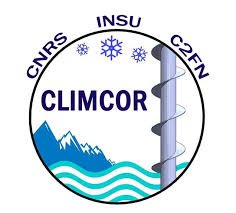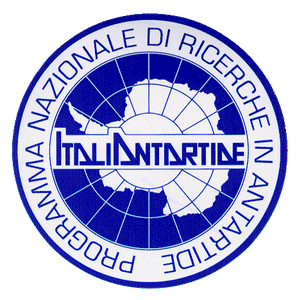
Institute for Geosciences and Environmental
FRThe Institute for Geosciences and Environmental research (IGE) is a public research laboratory in Earth and Environmental Sciences, created on 1 January 2017 by the merge of LGGE (Laboratory of Glaciology and Geophysics of the Environment) and LTHE (Laboratory of Transfers in Hydrology and Environment). The IGE is a joint research unit supervised by CNRS / INSU, IRD, Université Grenoble Alpes (UGA) and Grenoble-INP. The IGE is one of the main laboratories of the Grenoble Observatory (OSUG) which is a federative body of INSU.
The staff of the laboratory is around 240 people, of whom 145 permanent members (researchers, lecturers and professors, engineers, technicians and administrative staff) and about 95 doctoral students, post-doctoral fellows and staff on fixed-term contracts. The laboratory also hosts several dozens of trainees and scientific visitors each year.
IGE conducts research on climate, the water cycle, cryosphere and natural and anthropized environments. This research aims to better understand the processes that govern the various geophysical compartments (ocean, atmosphere physics and chemistry, cryosphere, watersheds, critical zone), their interactions and responses to human pressures, and the processes of adaptation and resilience of societies.
The main themes defining the scientific identity of IGE are:
- The past and present evolution of the composition of the atmosphere and the feedback between atmospheric chemistry and climate;
- The role of polar areas in the functioning of the climate system;
- Study of glaciers and mountain hydro-glacio-meteorological processes;
- Multiscale circulation in the ocean, biogeochemical transport and exchanges between the ocean and related environments;
- Processes and vulnerability of the Critical Zone for better management and protection of the resource and the environment;
- The intensification of the hydrological cycle and its interactions with societies.











